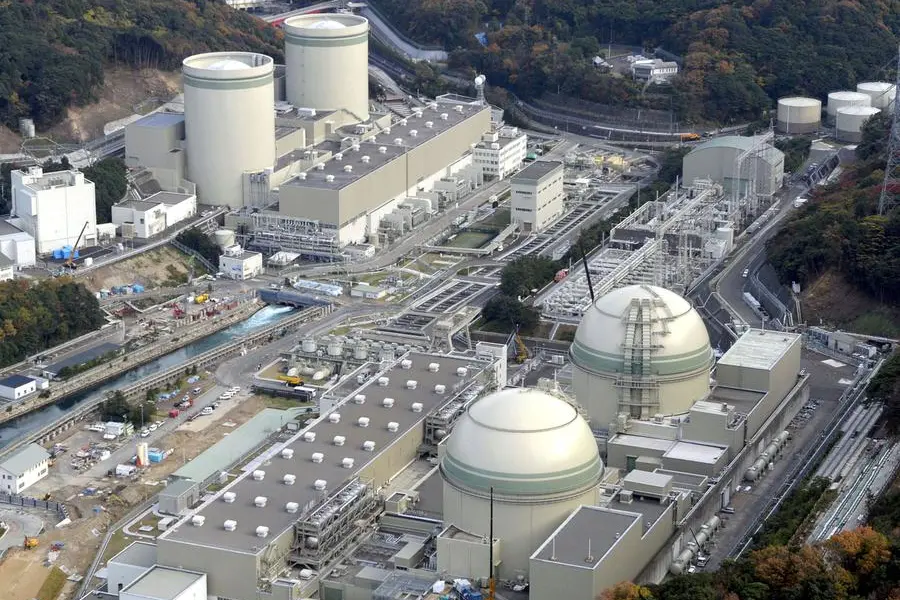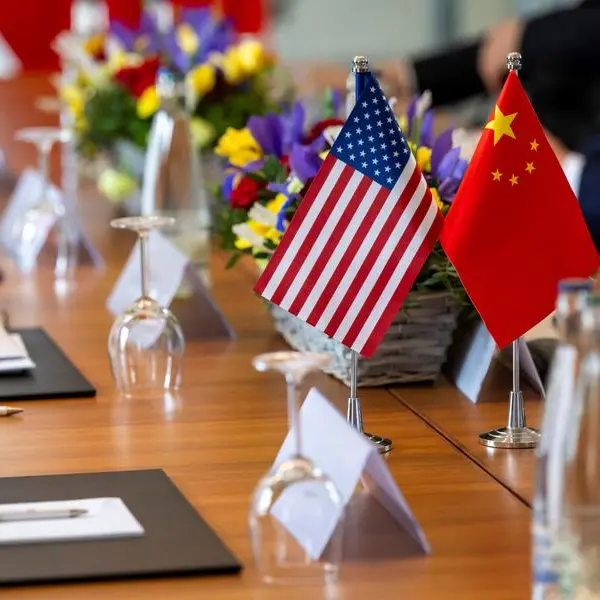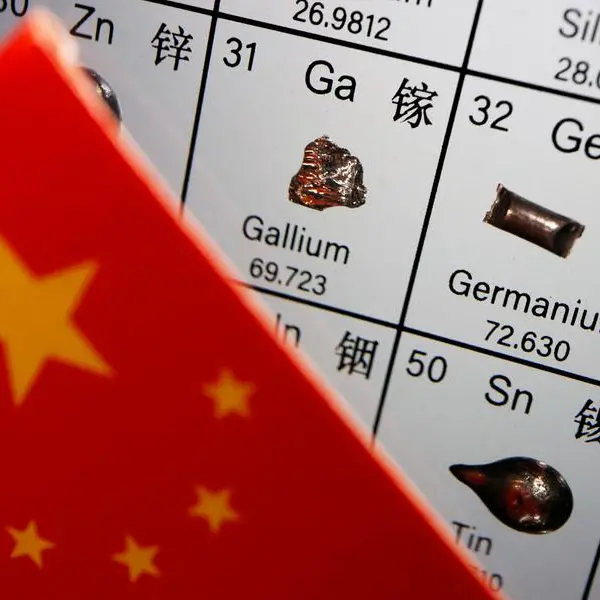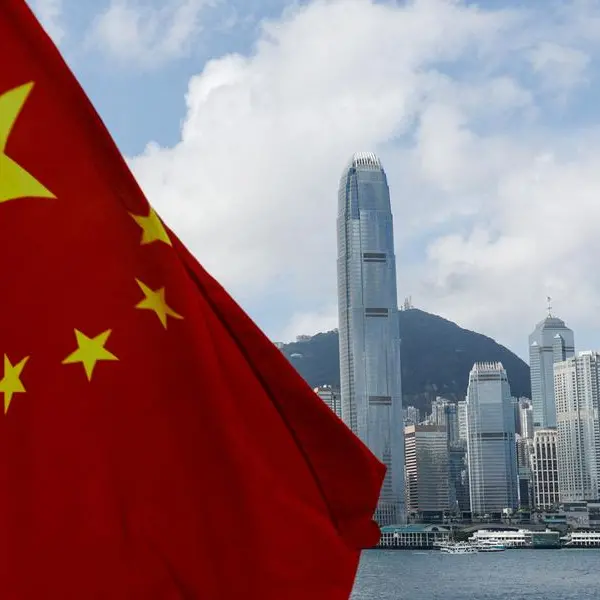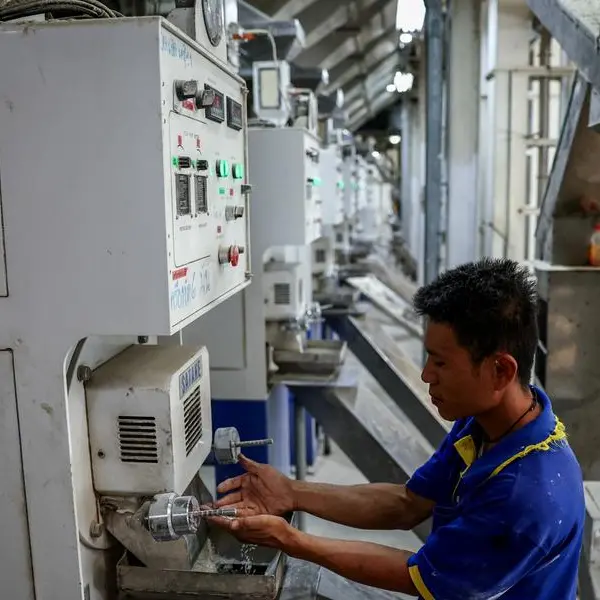PHOTO
FILE PHOTO: An aerial view shows No. 4 (front L), No. 3 (front R), No. 2 (rear L) and No. 1 reactor buildings at Kansai Electric Power Co.'s Takahama nuclear power plant in Takahama town, Fukui prefecture, in this photo taken by Kyodo November 27, 2014. Kyodo/File Photo via REUTERS
Japan's Kansai Electric Power restarted on Friday a 47-year-old reactor at its western nuclear power station of Takahama, a company spokesperson said, adding nearly 1 gigawatt of power to further trim consumption of gas.
The 826-megawatt (MW) reactor, launched in 1975, had been shut since November 2011 as the Fukushima nuclear disaster that March prompted Japan to idle most of its reactors and tighten safety standards.
Following special government approval to extend its lifetime beyond the standard limit of 40 years, the Takahama No.2 reactor becomes Japan's third of the kind, after Kansai Electric's Mihama No.3 and Takahama No.1, to come back online.
Imports of liquefied natural gas (LNG) by Japan, the world's second biggest buyer of the fuel after China, have fallen 17.4% in July, customs data shows, thanks to nuclear power restarts and growing use of renewable energy.
After Friday's restart, Japan has 12 operating reactors with combined capacity of 11.6 GW, or a third of the 33.1 GW of capacity from 33 reactors designated for commercial use.
Analysts say each gigawatt of nuclear power is equivalent to a million metric tones of LNG a year, so the restarts could trim annual imports by a tenth this year, for their sharpest drop since the Fukushima disaster, and help reduce Asian LNG prices.
Kansai is Japan's biggest nuclear power operator, with all its seven reactors approved for commercial use now in operation. It plans to suspend its Takahama No.3 reactor from Sept. 18 for regular maintenance to fully restart operations in January.
As Japan's nuclear and renewable energy cannot yet fully replace gas, utilities' inventories of LNG by Sept. 10 stayed at their lowest in nearly 1-1/2 years for a second successive week, the Ministry of Economy, Trade and Industry has said.
Utilities, which hold about half of Japan's LNG inventories, had stockpiles of 1.68 million tons, a slight increase from the Sept. 3 figure of 1.66 million, as cooling weather reduced the need for air-conditioning.
(Reporting by Yuka Obayashi and Katya Golubkova; Editing by Clarence Fernandez)
